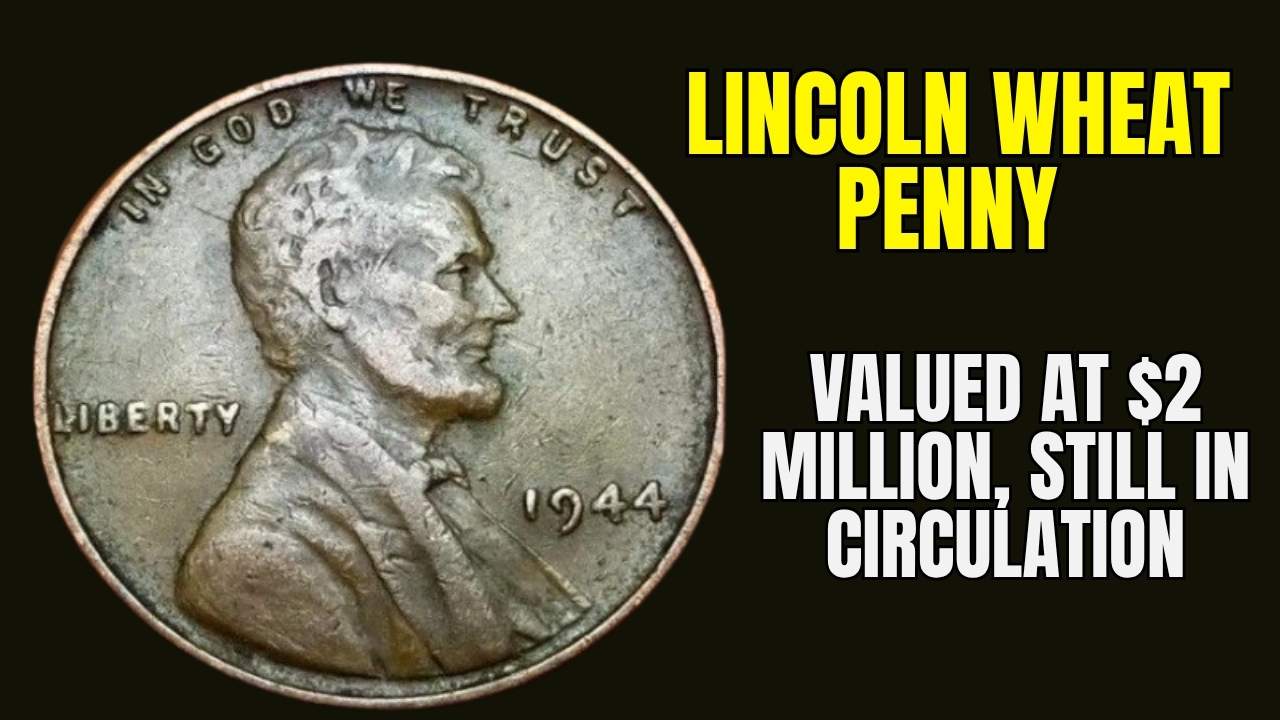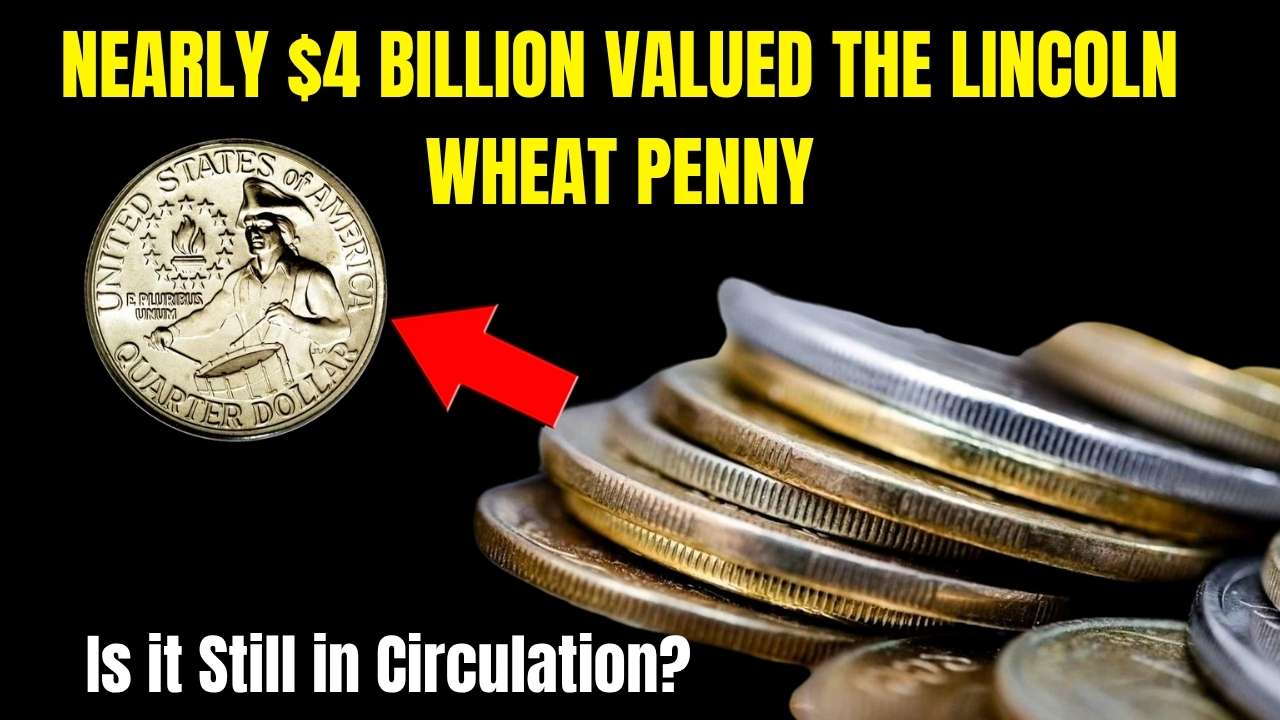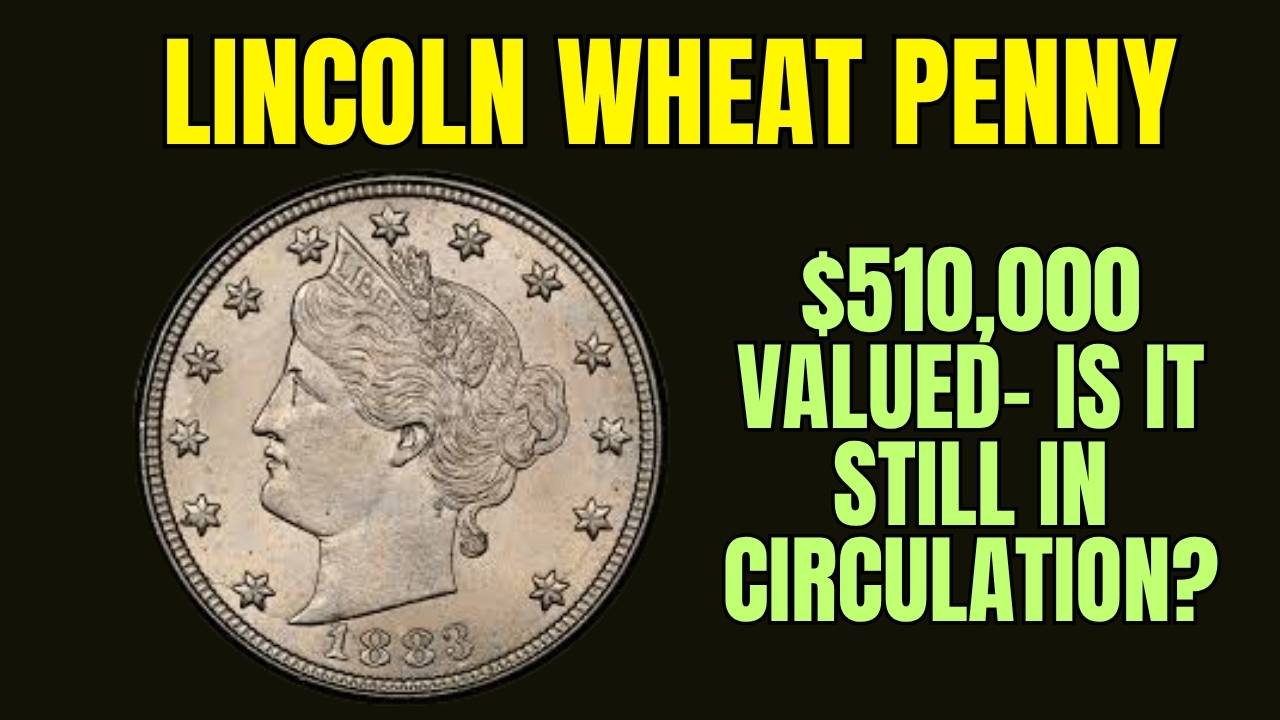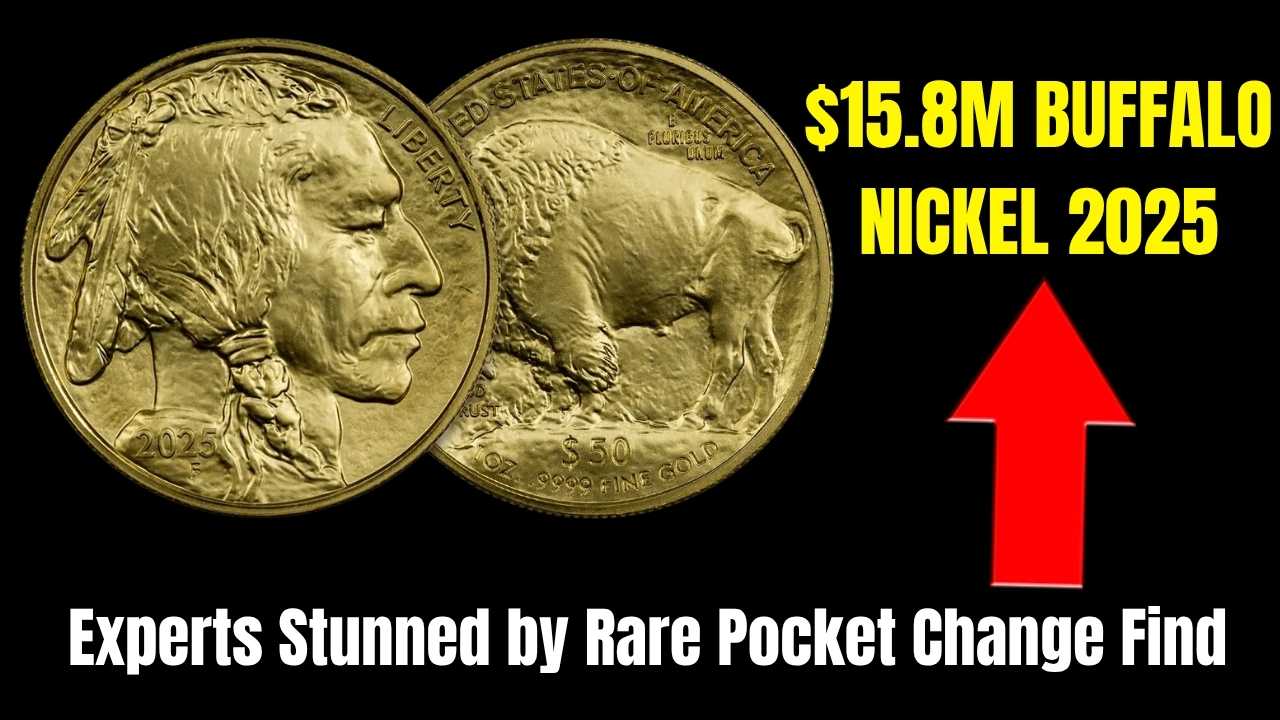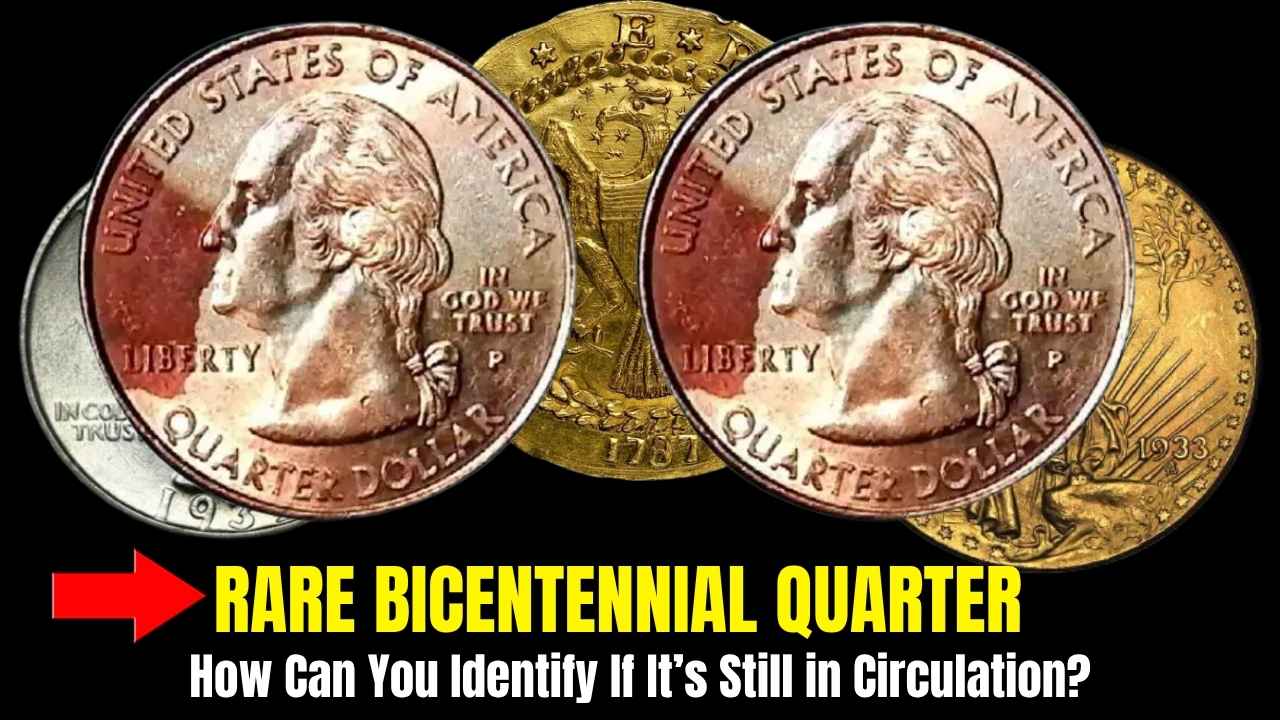The Lincoln Wheat Penny has become one of the most intriguing coins in American history. While most pennies are often overlooked or casually tossed into coin jars, one particular Lincoln Wheat Penny recently shocked collectors and enthusiasts worldwide with its $2 million valuation. What makes this penny so special, and could you unknowingly have one in your pocket change?
In this article, we’ll explore the story behind the Lincoln Wheat Penny, focusing on its historical importance, the rare 1943 copper variant, and the factors contributing to its incredible value. We’ll also share tips on identifying one and how you can ensure you don’t miss out on this potentially life-changing discovery.
Overview of the $2 Million Lincoln Wheat Penny
| Attribute | Details |
| Coin Name | Lincoln Wheat Penny |
| Year of Rarity | 1943 |
| Composition | Copper (Minting Error) |
| Current Value | $2 Million |
| Primary Reason | Rarity, Historical Significance, Condition |
| Key Identifier | Copper material instead of steel |
The History Behind the Lincoln Wheat Penny
The Lincoln Wheat Penny was first minted in 1909 to celebrate the 100th anniversary of Abraham Lincoln’s birth. Designed by Victor David Brenner, it was the first U.S. coin to feature a historical figure instead of symbolic representations.
The obverse side of the penny features Lincoln’s portrait, while the reverse showcases two wheat stalks, symbolizing prosperity and agricultural strength. This design became a staple of American currency until it was replaced by the Lincoln Memorial Penny in 1959.
For collectors, the Lincoln Wheat Penny represents not just a coin but a piece of American history that carries stories of resilience, change, and unexpected value.
The Rare 1943 Copper Lincoln Wheat Penny
In 1943, during World War II, copper was a critical resource required for making military equipment. To conserve copper, the U.S. Mint switched to using zinc-coated steel for penny production. However, a minting error led to a small batch of pennies being struck using copper planchets instead of steel.
These 1943 copper Lincoln Wheat Pennies are now considered one of the rarest coins in the world. While most of the pennies from 1943 are made of steel and have a silver-like appearance, the copper versions stand out with their distinct reddish-brown color.
Recently, one of these rare pennies was valued at $2 million, drawing significant attention from collectors and treasure hunters.
Why is the 1943 Copper Lincoln Wheat Penny Worth $2 Million?
The $2 million Lincoln Wheat Penny owes its extraordinary value to a combination of factors:
1. Extreme Rarity
Only a handful of 1943 copper Lincoln Wheat Pennies exist today. This scarcity makes them one of the most sought-after coins among collectors.
2. Historical Significance
These pennies tell a story of wartime resource conservation and an unintentional minting error, tying them directly to a pivotal moment in American history.
3. Exceptional Condition
Coins in excellent condition always command higher prices. The penny in question was remarkably well-preserved, which added to its overall value.
4. Collector Demand
Numismatists (coin collectors) are always on the lookout for unique and rare coins. The 1943 copper Lincoln Wheat Penny is considered a prized possession, and collectors are willing to pay top dollar for it.
How Was the $2 Million Lincoln Wheat Penny Found?
The discovery of the $2 million Lincoln Wheat Penny is as fascinating as its history. Unlike other rare collectibles tucked away in vaults, this coin was found in everyday circulation.
An unsuspecting individual happened to come across it in their change and kept it out of curiosity. Eventually, the coin made its way to a professional coin appraiser, who authenticated it and confirmed its rarity.
After verification, the penny was sold at an auction for $2 million, proving that sometimes treasure can indeed be found in the most ordinary places.
Can You Still Find a $2 Million Lincoln Wheat Penny?
While the odds are slim, finding a 1943 copper Lincoln Wheat Penny in circulation is not impossible. Many of these rare coins were never officially accounted for, meaning they might still be out there in jars, drawers, or tucked inside old wallets.
How to Identify a 1943 Copper Lincoln Wheat Penny:
- Color: Copper pennies have a reddish-brown tone, unlike the silver-colored steel ones.
- Magnet Test: A copper penny will not stick to a magnet, while steel ones will.
- Weight: Copper pennies are heavier than steel pennies.
If you suspect you have a 1943 copper penny, don’t hesitate to get it authenticated by a professional numismatist.
Why Coin Collecting is Still Relevant Today
The story of the $2 million Lincoln Wheat Penny highlights the excitement and value that comes with coin collecting. But beyond the financial rewards, it’s a hobby that connects people to history, art, and culture.
Every coin tells a story, whether it’s about a minting error, a historic event, or the person whose image it bears. For enthusiasts, collecting coins isn’t just about money—it’s about preserving a tangible piece of history.
If you’ve ever felt the weight of an old coin in your hand and wondered about its story, you’ve already taken the first step into the fascinating world of numismatics.
Frequently Asked Questions (FAQs)
1. What makes the Lincoln Wheat Penny valuable?
Its rarity, historical significance, and collector demand drive its value.
2. How can I identify a rare 1943 copper Lincoln Wheat Penny?
Look for a reddish-brown color, heavier weight, and ensure it doesn’t stick to a magnet.
3. Where can I authenticate my penny?
You can visit a reputable coin dealer or certified numismatist for authentication.
4. Are there other valuable Lincoln Wheat Pennies?
Yes, several Lincoln Wheat Pennies from other rare years are also highly valuable.
5. Is it worth collecting pennies?
Absolutely! Some of the rarest coins started as ordinary pennies, proving that collecting them can be both rewarding and educational.
Final Thoughts
The $2 million Lincoln Wheat Penny serves as a reminder that valuable treasures can sometimes be hiding in plain sight. Whether you’re a casual collector or just someone curious about your loose change, every penny you inspect holds the potential to be something extraordinary.
So, the next time you come across a Lincoln Wheat Penny, take a closer look—you might just be holding history in your hands!
Happy coin hunting!
